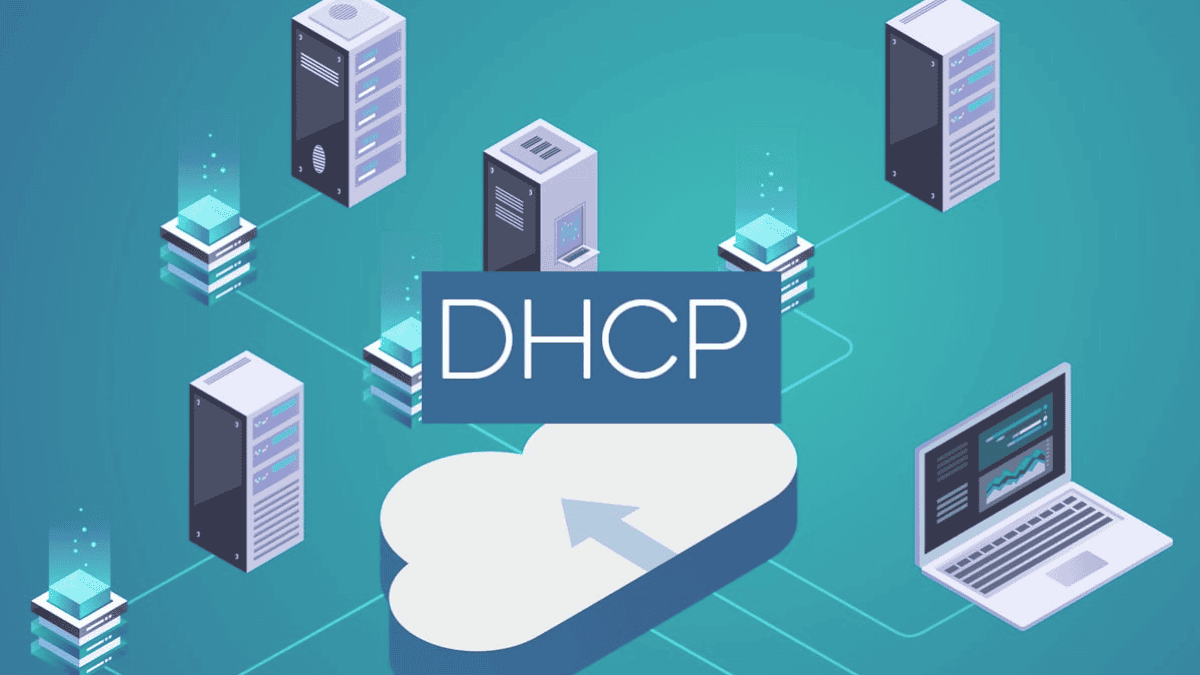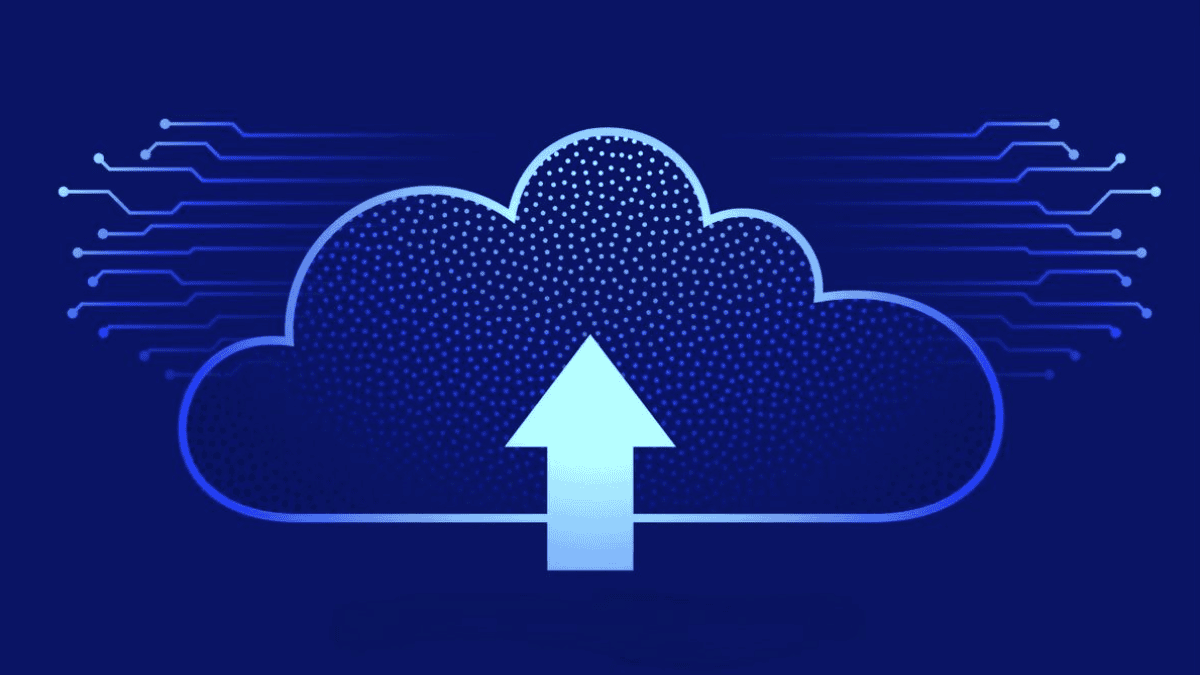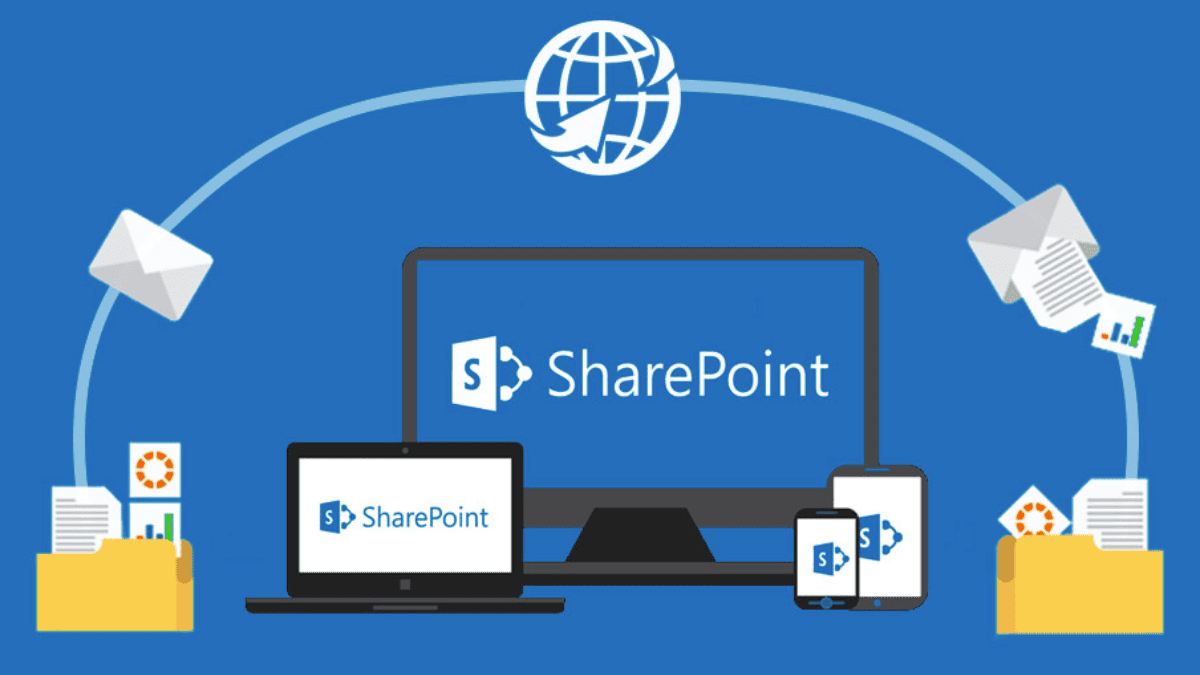SharePoint networking refers to the use of Microsoft SharePoint as a collaborative platform designed to facilitate efficient management of documents, information, and workflows within an […]

Dynamic Host Configuration Protocol or DHCP is a network protocol that automatically assigns and manages IP settings for devices on a network. It enables servers […]

Understanding the importance of virus scans is critical for any organization looking to maintain a secure IT environment. Regular scanning helps identify and mitigate potential […]

Helping Cincinnati-Area Businesses Thrive in the Age of AI Artificial Intelligence (AI) is rapidly reshaping industries—from automating customer service to optimizing supply chains. But for […]

Testing plays a critical role in the migration process to cloud computing services. It ensures that systems function as intended when transferred to the cloud. […]

Digital transformation refers to the integration of digital technology into all areas of a business. This transformation fundamentally changes how organizations operate and deliver value […]

Cloud service models have transformed how businesses operate by providing scalable, efficient, and cost-effective cloud computing services. For small and medium enterprises (SMEs), understanding these […]

Understanding various project management methods is essential for effectively executing IT projects, especially those involving cloud computing services. Two of the most prevalent methodologies are […]

Considering technology solutions, small and medium-sized enterprises (SMEs) often turn to cloud-hosted ERP systems for their flexibility and efficiency. Cloud computing services support this shift […]


